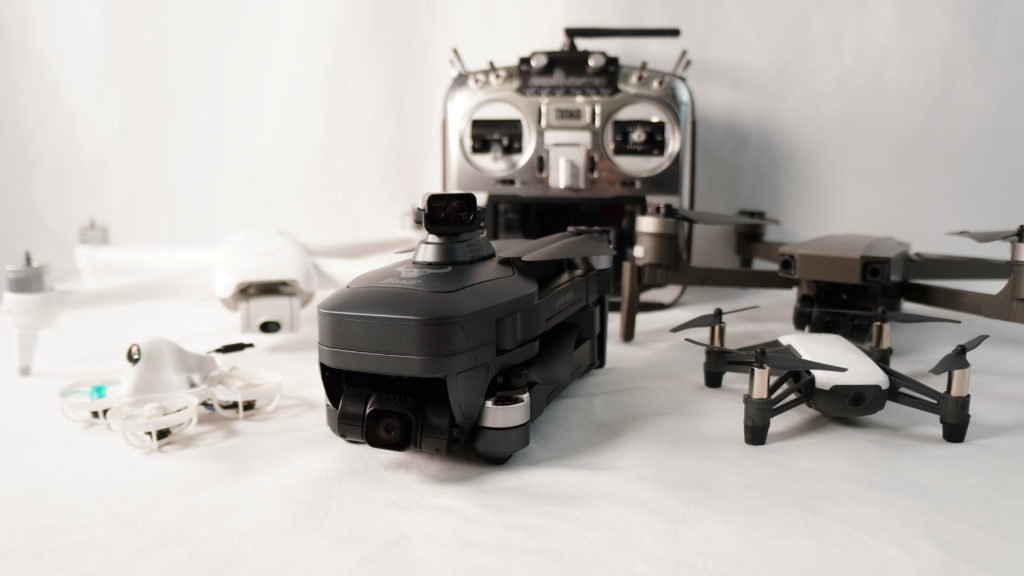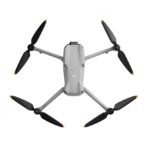Introduction: Understanding Drones
What are Drones?
Drones, also known as unmanned aerial vehicles (UAVs), are aircraft that operate without a pilot on board. They can be controlled remotely or fly autonomously using software-controlled flight plans embedded in their systems. Imagine soaring high above the ground, capturing breathtaking images, or delivering packages right to your doorstep – that’s the magic of drones! From the buzzing of the small quadcopters in your neighborhood to the gigantic surveillance drones used in military operations, the variety of drones out there is astounding. They come in different shapes and sizes, catering to numerous purposes. Here’s a brief look at some common types of drones:
- Camera Drones: Primarily used for photography and videography, high-quality sensors give stunning aerial views.
- Racing Drones: These are built for speed, allowing enthusiasts to race in competitions.
- Delivery Drones: Companies like Amazon are piloting their use for delivering goods directly to consumer homes.
- Agricultural Drones: Used by farmers to monitor crops and assess health from the sky.
As the technology behind drones has evolved, they have seamlessly integrated into various fields, making everyday tasks easier and more efficient.
Benefits of Drones
Incorporating drones into both personal and business practices opens up a world of possibilities. Here are some noteworthy benefits that may pique your interest:
- Cost-Effective Solutions: Drones can perform tasks more affordably than traditional methods, such as hiring helicopters for aerial photography or surveying.
- Accessibility: Drones can reach hard-to-access areas, such as mountain tops or disaster-stricken zones, where human presence might be risky.
- Time-Saving: Whether you’re inspecting a large agricultural field or delivering packages, drones save valuable time compared to traditional methods.
- Enhanced Data Collection: Many drones are equipped with advanced sensors and cameras, providing detailed data for various applications—from real estate marketing to environmental monitoring.
- Creative Opportunities: Aspiring filmmakers and hobbyists can access unique perspectives and angles that were once out of reach. Your backyard can now become a cinematic paradise!
In my experience with drones, there’s an unmatched thrill in flying one around, especially for aerial photography. I remember capturing stunning sunset shots that made my friends envious. Drones also allow businesses to operate more efficiently, cutting costs and enhancing customer engagement. So, if you’re excited about exploring this revolutionary technology, it clearly underscores how drones are reshaping the way we live, enabling creativity and driving efficiency in mundane tasks. Keep reading to discover what to consider before making your purchase, especially if you’re looking to stay within a budget!
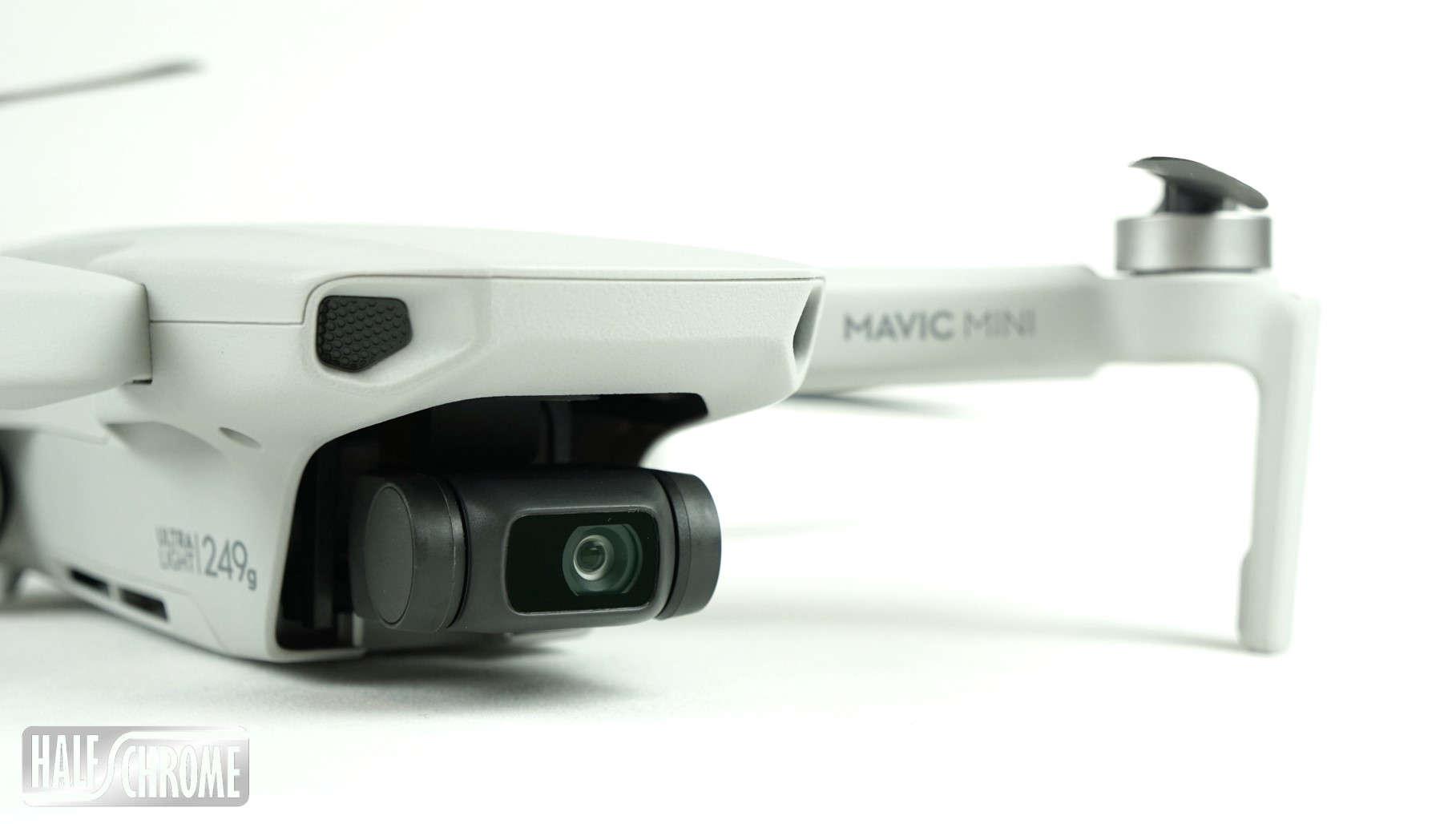
Factors to Consider Before Buying a Drone
Before diving into the exciting world of drones, it’s essential to evaluate a few critical features that will shape your purchasing decision. Among these factors, camera quality and flight time are paramount. Allow me to break them down for you.
Camera Quality
If you’re dreaming about aerial photography or videography, camera quality can make or break your drone experience. A drone with a high-resolution camera enables you to capture stunning images and smooth video footage. Here’s what to look for regarding camera quality:
- Megapixels: A higher megapixel count typically translates to clearer images. Look for drones with at least 12MP if photography is your main goal.
- Video Resolution: For videographers, 4K video capability is becoming a standard. It provides crystal-clear recordings which you can edit or use for promotional content.
- Stabilization: Since drones are airborne and can be affected by winds, consider models with gimbal stabilization. This feature minimizes shakiness in your videos and ensures smooth shots.
- Field of View (FOV): A wider FOV allows a drone to capture more of the scene in a single shot. This is particularly useful for landscapes or group events.
When I ventured into drone photography, my first drone shot in 1080p. While it worked fine, I quickly found myself yearning for the richness of 4K. Investing in a drone with superior camera capabilities changed my entire perspective on aerial photography!
Flight Time
Flight time is another crucial factor you need to consider. No one enjoys having to land their drone just as they’re about to capture a stunning moment. Here’s what you should know about flight time:
- Average Flight Duration: Most drones under $200 offer between 5 to 15 minutes of flight time on a single battery. For longer sessions, look for drones that can accommodate extra batteries.
- Battery Type and Management: Lithium-polymer batteries are common in drones. Always check the type and consider investing in additional batteries for extended use.
- Charging Time: A quick recharge helps ensure you’re not waiting around too long between flights. Some drones recharge in as little as 30-60 minutes.
- Weight and Wind Resistance: Heavier drones may have shorter flight times, especially in windy conditions. If you often fly in breezy conditions, consider a drone designed to withstand winds for longer periods.
During my many flights, I often wished I had planned ahead with battery management. A slight upgrade to a drone with a little more flight time could have saved me numerous missed opportunities. In the thrilling experience that is drone flying, camera quality and flight time are your two key companions. As you continue to explore your options, these considerations will empower you to make an informed decision. Dive into the next section to discover some fantastic drones that fit your budget!
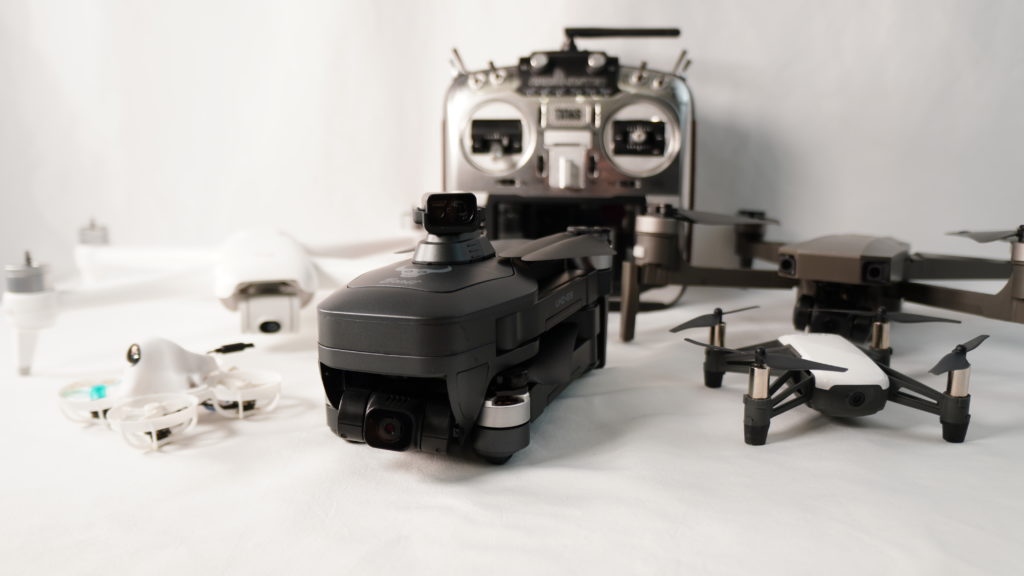
Top 10 Drones Under $200 in 2021
Now that you have a solid grasp on camera quality and flight time, let’s explore the top contenders in the budget-friendly category of drones. Below is a carefully curated list of some of the best drones available under $200 in 2021. These models offer exceptional features for beginners and enthusiasts alike!
Drone 1: Holy Stone HS210
The Holy Stone HS210 is a favorite among beginner flyers, thanks to its easy controls and reliable performance. This compact quadcopter offers a thrilling experience without breaking the bank.
- Camera Specs: Equipped with a 720P HD camera, it captures decent photos and videos. While it may not be 4K, the quality is excellent for those just starting.
- Flight Time: Enjoy up to 10 minutes of flight time on a single charge, making it perfect for short outdoor sessions. Plus, it comes with extra batteries for extended fun!
- User-friendly Features: The HS210 includes one-key takeoff/landing and altitude hold, making it super easy for beginners to maneuver.
- Stability: With a built-in headless mode and 3D flips, it gives you flexibility and control in the air.
Personal experience: I took the HS210 out to an open park for the first time, and I was delighted with its easy handling. It even survived a minor crash into a grassy patch without a scratch!
Drone 2: Potensic A20
The Potensic A20 is another incredible option for those looking to learn and explore aerial photography without diving too deep into their wallets.
- Camera Specs: This drone features a 720P HD camera as well, allowing you to take clear images and record videos with reasonable quality.
- Flight Time: Up to 10 minutes per battery, and you’ll be pleased to know it comes with two batteries included to help keep the fun going.
- Beginner-Friendly Features: Similar to the HS210, the A20 offers altitude hold, headless mode, and a one-key return, ensuring a stress-free flying experience suitable for all ages.
- Durability: Built with a sturdy design, it can withstand minor crashes which is ideal for beginners learning to navigate their drone.
I remember trying the Potensic A20 at a family gathering; the kids had a blast taking turns flying it! The ease of use made it perfect for everyone, and the laughter that ensued when the drone briefly landed in a tree only added to the fun. These two options—Holy Stone HS210 and Potensic A20—represent just the beginning of your drone journey. They’re perfect for honing your skills while keeping your spending in check. Stay tuned for more exciting recommendations as we dive deeper into the top drones under $200!

Features Comparison of the Top 10 Drones
As we explore further into this exciting drone world, let’s take a close look at the features that can set different models apart. Understanding design and build quality, as well as control range, can greatly influence your flying experience. Let’s dive in!
Design and Build
Design and build quality are crucial factors that impact not only how a drone looks but also how it performs and withstands challenges. Here’s what to consider:
- Material: Many drones under $200 are made from durable plastic, which helps keep them lightweight but may not withstand rough landings as well as more robust metal frameworks.
- Size: Compact drones like the Holy Stone HS210 are great for portability. They’re small enough to fit in your backpack, making them perfect for on-the-go adventures. On the other hand, larger drones might offer better stability but can be cumbersome to transport.
- Weight: Lightweight drones are generally easier to control, especially for beginners. However, heavier models can be beneficial in windier conditions as they offer better stability during flights.
- Aesthetics: While performance should be your main focus, a sleek design certainly adds a layer of excitement! Drones like the Potensic A20 come in eye-catching colors and designs that can make flying even more enjoyable.
Reflecting on my experience, I found that the more I flew my heavier, more durable drone, the more confident I became in executing aerial maneuvers. That said, having a lightweight option like the HS210 helped me develop my skills without the fear of damaging a fancier model.
Control Range
The control range of a drone defines how far you can fly it while maintaining a stable connection with the remote control. In many ways, it can dictate how adventurous your flying experience is!
- Common Range: Most drones in this price bracket offer control ranges between 50 to 300 meters (164 to 984 feet). For instance, the Holy Stone HS210 boasts a control range of about 100 meters, while some others may stretch up to 300 meters.
- Signal Stability: The use of 2.4GHz radio signals in budget drones helps maintain a stable connection, but surrounding interference can affect performance. If you’re flying in crowded places, be aware that this could impact how far you can fly your drone.
- Real-World Implications: If you plan to shoot videos or take photos from a distance, consider a drone with a longer control range. This allows you more flexibility in positioning your drone for striking shots without losing connection.
During one of my drone flights, I ventured about 150 meters away and experienced a momentary connection issue. It served as a reminder of how essential it is to stay within the control range, especially when capturing the perfect aerial shot. In summary, understanding design and control range will help you choose the best drone to suit your needs and flying style. These features contribute to how you interact with your drone during flights, whether you’re capturing stunning visuals or simply enjoying the thrill of piloting. Let’s continue exploring more exciting components of our top ten list to help you make an informed decision!

Drone Performance and Durability
Having covered some significant features, let’s delve into two critical aspects that can greatly influence your drone flying experience: battery life and durability against weather conditions. Understanding these factors will empower you to select a drone that can cope with your flying habits and preferences.
Battery Life
Battery life can make a significant impact on your overall enjoyment when flying a drone. It’s crucial to consider how much airtime you’re going to get out of your investment.
- Typical Flight Times: Most entry-level drones will offer around 5 to 15 minutes of flight time on a single battery charge. For example, models like the Holy Stone HS210 give about 10 minutes, which is pretty standard for this category.
- Recharge Times: On average, expect a recharge time of 30 to 60 minutes. Some drones come with additional batteries, allowing you to extend your flying sessions without waiting too long.
- Power Management: How you fly can also impact battery performance. Aggressive maneuvers, like rapid ascents and descents, can drain the battery faster. Learning efficient flying techniques can help extend your airtime.
In my experience, investing in an extra battery has been a game-changer! On a beautiful Sunday afternoon, I took my drone to the park, and while the first battery lasted about 10 minutes, swapping in a second one allowed for nearly an hour of soaring through the skies. The extra prep can transform a short flight into an afternoon of fun!
Durability against Weather
Drones can be fragile; understanding their durability against adverse weather conditions is essential if you want to keep your flights hassle-free.
- Wind Resistance: While most budget drones are lightweight and designed primarily for calm conditions, some are built to withstand light winds better than others. If you anticipate flying outside frequently, consider models built to handle breezy conditions.
- Water Resistance: Most drones under $200 are not waterproof. Even light rain can damage internal components, so make sure to check the weather forecast before heading out. Investing in a lightweight case can help protect your drone from unexpected drizzle.
- Material Composition: A sturdy, impact-resistant build can help withstand minor accidents and rough landings. Drones that feature robust designs, even at lower price points, can survive the occasional bump in the air.
During one of my weekend adventures, I decided to take my drone up despite a slight breeze. While it managed to handle moderate winds, I could feel the resistance in the controls. Thankfully, my drone was made from durable materials, and it landed safely. That experience taught me to check weather conditions more carefully in the future. In conclusion, understanding battery life and weather durability helps you grasp your drone’s capabilities. By factoring in these elements, you can better prepare for your flying adventures and ensure that your investment continues to provide fun and excitement for years to come. Let’s get ready to explore the user experiences and satisfaction levels surrounding these amazing drones!
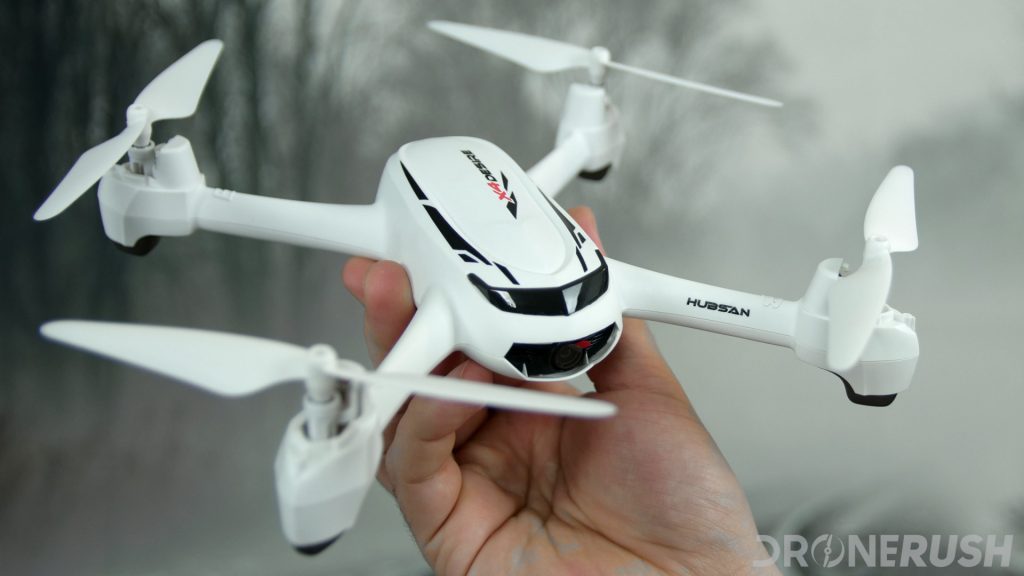
User Experience with the Top 10 Drones
Now that we’ve dived into the essentials of performance and durability, let’s shift our focus to user experience—arguably one of the most critical aspects of any drone. The ease of use and customer reviews can give you a clear picture of how well a drone aligns with your needs and expectations.
Ease of Use
When embarking on your drone journey, ease of use can mean the difference between a delightful experience and a frustrating one. Here’s what defines this crucial factor:
- Intuitive Controls: A user-friendly remote control design can make flying a breeze, especially for beginners. Drones like the Potensic A20 often feature clearly labeled buttons and a simplistic layout, making the learning curve less steep.
- Beginner Modes: Many drones offer special modes for novice pilots, limiting altitude or improving stability until you’re more confident. For instance, models like the Holy Stone HS210 have a “headless mode” that simplifies orientation for beginners, ensuring you fly safely without losing control.
- Onboard Tutorials: Some drones come with instructional videos or interactive guides that can significantly enhance your learning experience. If you’re someone who prefers visuals, these resources can be invaluable.
From my own adventures, I’ve flown various models, but it was the easy setup and straightforward controls of the A20 that made my initial flights enjoyable. Almost anyone can feel like a seasoned pilot in no time with the right features!
Customer Reviews
Customer reviews can reveal a wealth of knowledge beyond what the specifications offer, providing insight into real-world performance and satisfaction.
- Common Praise: Many users rave about drones like the Holy Stone HS210 for their stability and image quality, especially for an entry-level price. Customers often highlight how well they perform right out of the box.
- Typical Criticism: Some reviewers may express frustration over limited flight times or connectivity issues. Drones in this price bracket sometimes face interference in urban environments, which is frequently mentioned in user feedback.
- Readiness for Repair: A trend seen in customer reviews is concerning the after-sales service provided by brands. Some manufacturers are praised for their responsive customer support, while others leave users feeling stranded if issues arise.
In one instance, while I was comparing user reviews before buying the HS210, I found numerous stories praising the manufacturer’s customer service. Later, when I accidentally broke a propeller during a practice flight, I contacted their support, and they guided me through the easy process of obtaining a replacement. User experiences centered around ease of use and customer reviews are instrumental in helping you identify which drone suits your flying style and needs best. Incorporating insights from other drone enthusiasts ensures your investment aligns with the excitement you’re looking to achieve. Stay tuned as we dive into essential drone maintenance tips that help prolong the life and performance of your selected drone!
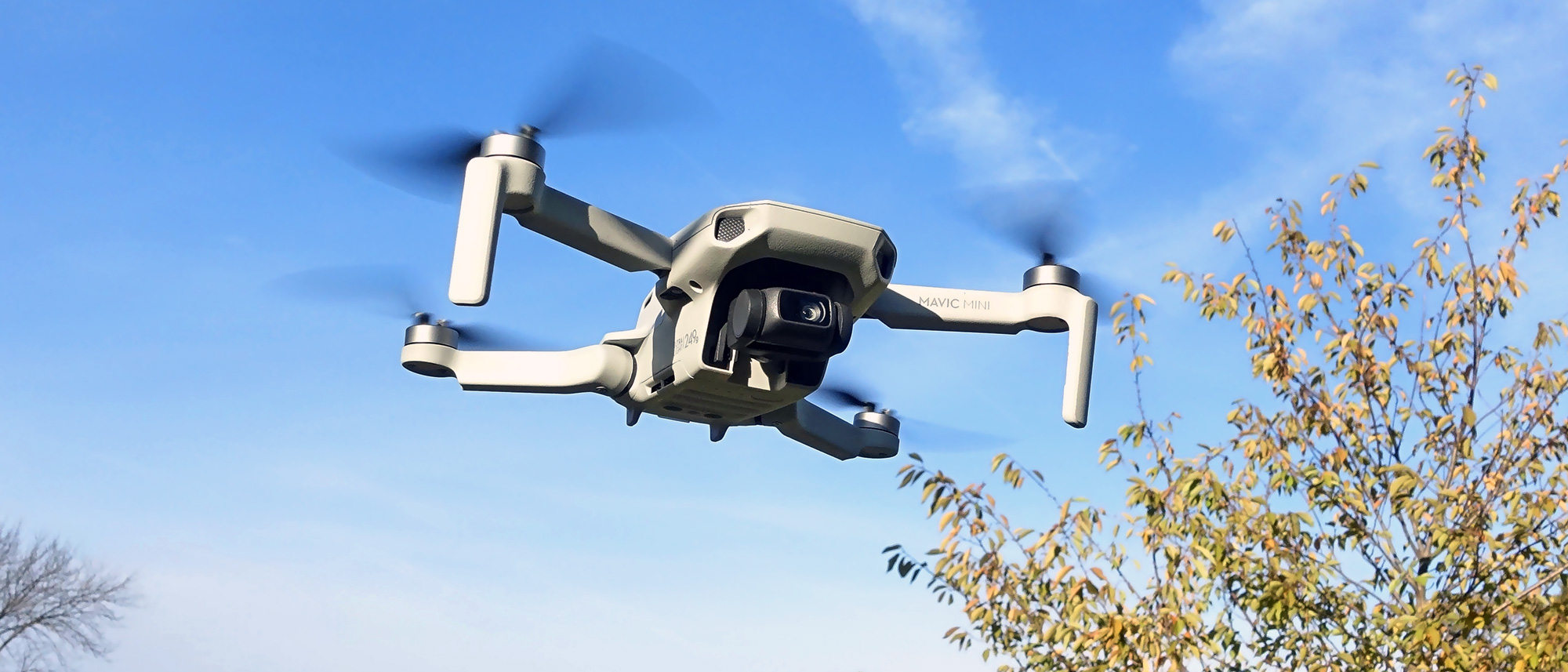
Drone Maintenance Tips for Longevity
Having covered user experiences with drones, it’s time to shift gears and focus on an essential aspect of owning a drone—maintenance. Proper care ensures longevity and maximizes the performance of your gadget. Let’s discuss effective storage guidelines and cleaning tips to keep your drone flying high for years to come!
Storage Guidelines
Where and how you store your drone is crucial in maintaining its condition and functionality. Here are some key tips:
- Cool, Dry Place: Always store your drone in a temperature-controlled environment. Extreme heat can affect battery life, while excessive humidity can lead to internal components rusting. A storage box or even a dedicated case can offer protection from the elements.
- Battery Care: Remove the battery from your drone when not in use. Lithium-polymer batteries should be stored at about 50% charge to prolong their lifespan. Over time, keeping them fully charged or completely empty can lead to performance issues.
- Propellers: Remove the propellers when storing your drone. This prevents accidental damage and helps maintain their shape. You can even consider placing them in a protective case to avoid bending or warping.
- Avoiding Impact: Store your drone in a way that protects it from bumps or falls. Use soft padding in cases or bags designed for drones to cushion any unexpected shocks.
Reflecting on my own experience, I learned the hard way about the importance of proper storage. I used to just toss my drone in a corner after returning from flights. Eventually, I noticed slight cosmetic damage. Investing in a sturdy case not only organized my gear but gave me peace of mind as well!
Cleaning and Care
Regular cleaning and care can significantly extend your drone’s life span and maintain its performance. Here are some practical cleaning tips:
- Regular Inspections: After each flight, quickly check your drone for any visible damage or debris. Small rocks or dirt can get lodged in the motors or landing gear, which may affect performance.
- Gentle Cleaning: Use a soft cloth or microfiber towel to wipe down the body of the drone. For tougher dirt or grime, a mixture of water and mild soap can do wonders, but avoid letting moisture enter any openings.
- Propeller Maintenance: Keep propellers clean and free of debris. A simple brush or compressed air can effectively remove any accumulated particles. Regularly inspect them for cracks or chips, as compromised propellers can affect flight safety.
- Camera Lens Care: The camera lens deserves special attention. Use a lens cleaning solution and a microfiber cloth to keep it clear of smudges or dust for those crisp aerial shots.
A memorable experience of mine involved a visit to a beautiful coastal area. After a day of flying, my drone had collected sand and salt spray. By promptly cleaning the drone afterward and paying extra attention to the camera lens, I preserved the quality of my pictures and kept the device functioning optimally. In conclusion, following proper storage guidelines and cleaning practices will help maintain your drone’s condition and enhance your flying experiences. By investing a little time in maintenance, you ensure that your drone serves you well for many adventures to come. Now, let’s look ahead to some must-have accessories that can enhance your drone flying experience even further!
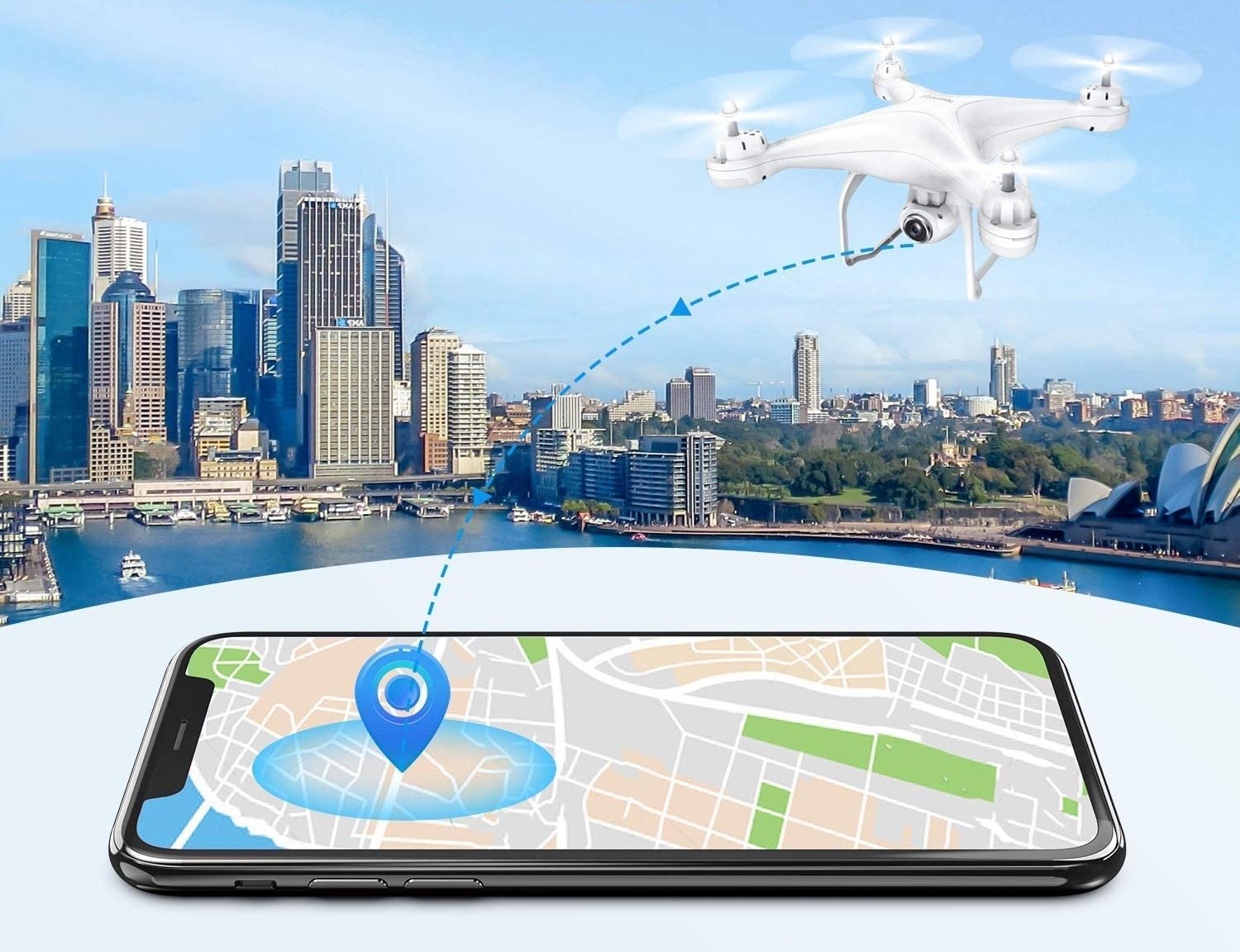
Upgrading Your Drone: Accessories to Consider
Now that we’ve covered maintenance tips to keep your drone in top shape, let’s discuss how to elevate your flying experience with some essential accessories. Upgrading your drone doesn’t always mean buying a new model; often, adding a few accessories can significantly enhance performance and safety. Two popular upgrades to consider are propeller guards and extra batteries.
Propeller Guards
Propeller guards are a fantastic accessory for drone pilots of all skill levels. They offer an extra layer of protection to both the drone and its surroundings, making them especially handy for beginners.
- Accident Prevention: These guards help prevent damage to the propellers during unexpected crashes or encounters with obstacles. Having experienced a rough landing when I was still mastering controls, I found that propeller guards not only saved my drone’s blades but also shielded nearby people and objects.
- Improved Safety: If you’re flying in crowded areas or around pets and children, propeller guards can be a smart safety measure. They minimize the risk of injury if someone inadvertently bumps into the drone.
- Easy Installation: Most propeller guards can be easily attached and detached, allowing you to switch them out based on your flying environment. It takes just a few seconds to put them on before your flight.
- Weight Considerations: While some might worry about added weight, most guards are lightweight and won’t noticeably affect flight performance. Always check the specifications to ensure they’re compatible with your drone!
From my personal experience, using propeller guards during my early flights made a world of difference. It gave me the confidence to focus on learning without constant worry about damaging my drone.
Extra Batteries
One of the best investments you can make for your drone is to buy extra batteries. With most drones offering limited flight time, having a backup can significantly extend your flying sessions.
- Extended Flight Times: While typical battery life ranges from 5 to 15 minutes, having one or two extra batteries means more time in the air. I’ll never forget the thrill of flying my drone for an extra hour one weekend purely because I had a couple of spare batteries ready to go!
- Seamless Swaps: Changing batteries is usually a quick process. Most drones allow for easy swapping, so you can be up and flying again in just a few moments, maximizing your time outdoors.
- Charge Management: To get the most out of your batteries, rotate them regularly to prevent any one battery from being overused. This helps in keeping all of them in optimal condition over time.
- Battery Monitoring Tools: Consider battery management systems that display the charge level for each battery, ensuring you keep track of their statuses. This can prevent misjudging battery life during flights.
In conclusion, upgrading your drone with accessories like propeller guards and extra batteries transforms your flying experience, making it safer and more enjoyable. These small investments not only enhance performance but also give you greater peace of mind while you explore the skies. As we continue our journey into the world of drones, let’s address some common questions surrounding drone usage and maintenance!
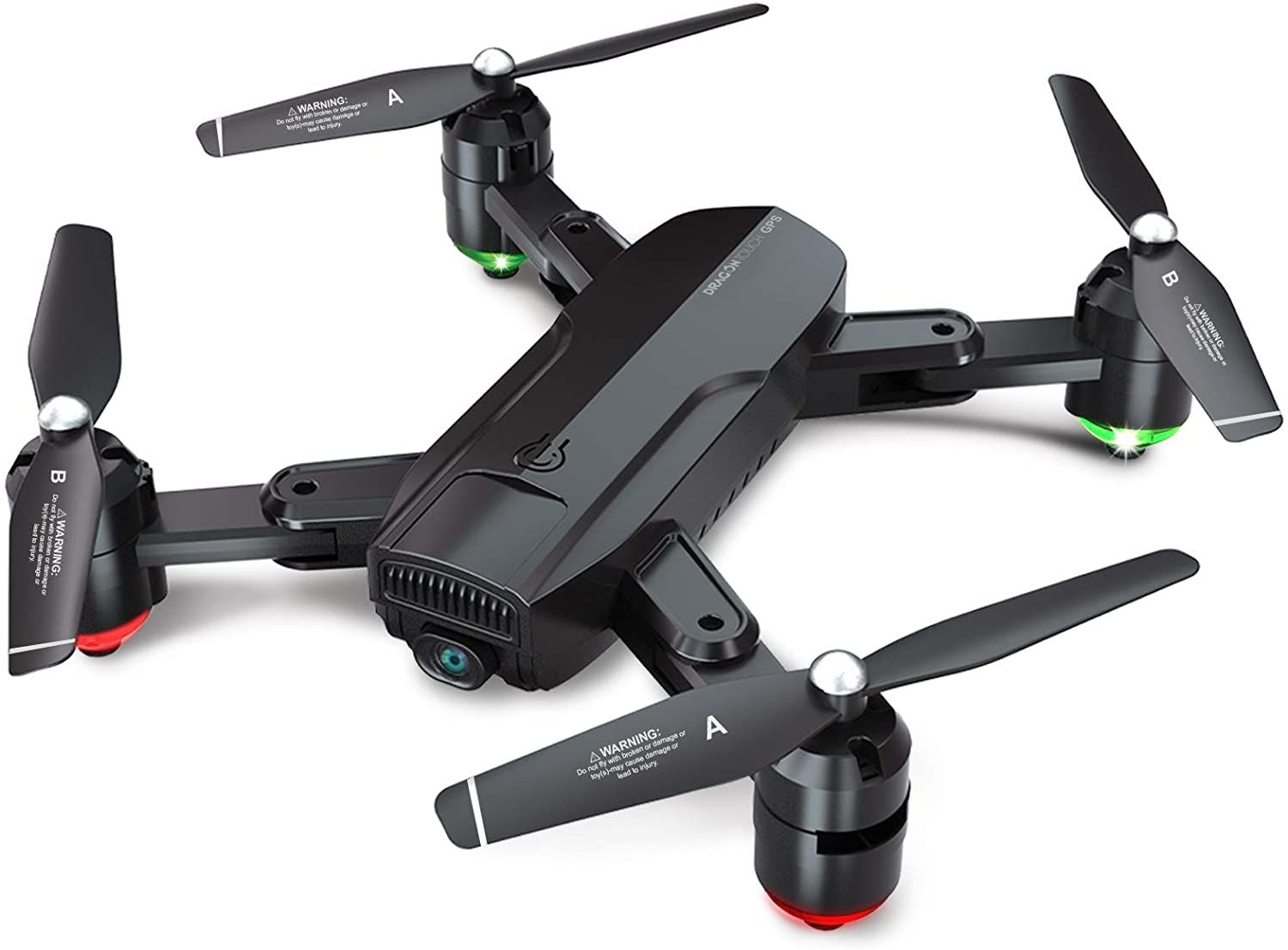
FAQs About Drones Under $200
As we wrap up our comprehensive exploration of drones under $200, let’s address some frequently asked questions that often come up for new drone enthusiasts. Understanding the value of budget-friendly drones and knowing how to troubleshoot common issues can significantly enhance your experience. Let’s dive in!
Are Cheap Drones Worth It?
This is a question that many prospective drone buyers often ponder. The answer largely depends on what you’re looking to achieve with your drone experience.
- Great for Beginners: Cheap drones usually offer excellent options for beginners who want to understand the basics of flying without making a hefty financial commitment. For instance, I started with an affordable model, allowing me to learn the ropes without the stress of damaging an expensive device.
- Adequate Features: Many budget drones come packed with features such as decent camera capabilities, easy maneuverability, and user-friendly control systems, making them suitable for casual flying and photography.
- Limitations: While they are great for entry-level use, it’s essential to set realistic expectations. Cheap drones might not perform as well in extreme conditions, and their battery life can be limited. If you’re after high-quality aerial photography or advanced features, you might eventually want to consider upgrading.
- Good Value: When considering performance versus cost, many users find that these drones provide good value. It’s about matching the drone’s capabilities with your needs. If you plan to fly casually and aren’t seeking professional-level shots, then these budget options can definitely be worth it!
How to Troubleshoot Drone Issues
Experiencing issues with your drone can be frustrating, but many problems have simple solutions. Here’s a guide on how to troubleshoot common drone issues:
- Calibration Problems: If your drone seems to drift or respond unpredictably, recalibrating the compass or gyroscope often does the trick. Check the user manual for specific instructions for your model.
- Loss of Signal: If your drone loses connection, ensure you maintain a clear line of sight and avoid flying too far beyond the recommended range. If experiencing persistent disconnections, troubleshooting your remote control settings may be necessary.
- Battery Issues: If your drone isn’t flying as long as it used to, ensure your batteries are fully charged and in good condition. If they take longer than usual to charge or overheat, it may be time for a replacement.
- Motor Malfunctions: A quick inspection of the motors for any debris or damage may resolve issues. If a motor isn’t spinning, gently remove it, check for blockages, and reattach it properly.
- Consult the Community: Online forums and user communities are unending resources for solving issues. Often, someone else has faced the same problem you have and can offer helpful advice!
In my case, I encountered connectivity issues on a windy day, leading my drone to drift slightly off course. I simply recalibrated it and adjusted my flying distance based on the conditions, which allowed me to regain full control. In summary, addressing questions about the worth of budget drones and how to troubleshoot common issues equips you with the knowledge to enjoy flying to the fullest. As you explore this exciting hobby, having the right mindset and resources will make all the difference. Happy flying!

Conclusion: Finding the Perfect Drone Under $200
As we wrap up our journey through the world of drones under $200, it’s crucial to reflect on everything we’ve covered. If you’ve ever wondered if you could own a drone without spending a fortune, I hope you now see that it’s absolutely possible!
Assessing Your Needs
The first step in finding the perfect drone is to assess your needs. Ask yourself the following questions:
- What will you use the drone for? Are you looking to capture stunning aerial photos, record videos, or simply fly for fun? Understanding your primary goal can help you narrow down your choices.
- What’s your skill level? If you’re a beginner, prioritize drones that offer user-friendly features like one-key takeoff and landing, altitude hold, and easy controls.
- Where will you fly? Consider the environments you’ll be flying in. If you plan to fly in windy conditions or open areas, look for a drone that can handle those factors better.
Reflecting on my initial search for a drone, I realized that having a specific purpose made all the difference. Initially, I wanted a drone for a fun perspective on family gatherings. I eventually ended up capturing stunning outdoor scenes that surprised me with their quality.
Your Budget and Value
Staying within a budget of $200 doesn’t mean compromising on features entirely; rather, it’s about finding value. Drones like the Holy Stone HS210 and Potensic A20 provide excellent camera quality and easy usability without stretching your wallet.
- Look for sales: Keep an eye on discounts and seasonal sales, especially during holidays like Black Friday or Cyber Monday. You may find higher-end drones at a lower price!
- Consider accessories: Investing in accessories like extra batteries and propeller guards can significantly enhance your flying experience without breaking the bank.
Community and Support
As you venture into the world of drones, don’t forget the power of the community. Online forums, user groups, and tutorial videos can offer invaluable support. Engaging with fellow drone enthusiasts opens doors to tips, advice, and shared experiences that will enrich your journey. In my early days, connecting with other drone owners provided me with insights on handling issues I faced. It was reassuring to know I was part of a community that shared the same excitement and challenges. In conclusion, finding the perfect drone under $200 is not just about the model you select; it’s about understanding your needs, making informed choices, and connecting with others who share your passion. With countless options available, your adventure in drone flying can be even more fulfilling than you ever imagined. Here’s to many exciting flights ahead and countless breathtaking moments captured along the way! Happy flying!
